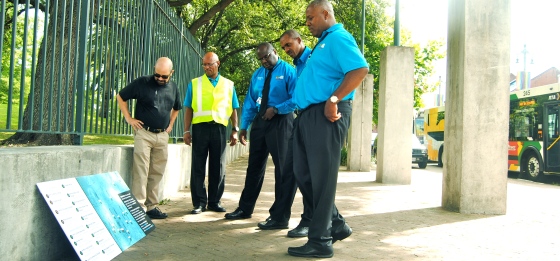Chapter 4 from our report summarizing the lessons we learned on the Great American Adaptation Road Trip. We partnered with the Georgetown Climate Center to get this to you. Chapter 5 coming soon.
Take-home lesson #4: Resilience efforts that span multiple government departments or include non-governmental actors are often able to leverage resources and expertise and create wider buy-in for action.
For local governments, the ability to prepare for the impacts of climate change is often limited by available resources and expertise. In some cases, local governments have the motivation to lead adaptation action but lack capacity and knowledge in areas like coordinating volunteers and implementing new technological tools. In other instances, non-profit groups or individual citizens may ‘push’ local government to act. By creating new partnerships across government departments as well as beyond government doors, city planners may be able to fill critical gaps in their own resources, accomplish ambitious goals, and more effectively address the cross-cutting nature of climate change impacts.


